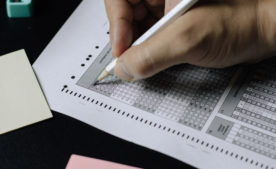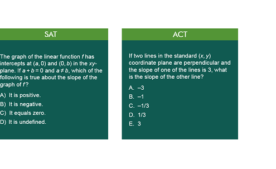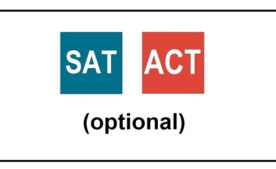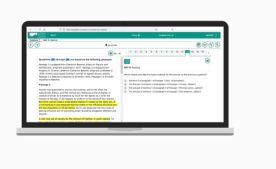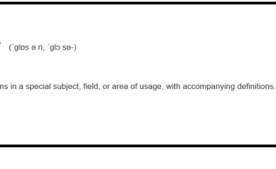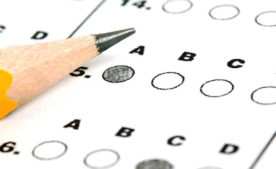In this blog post, we explain what experimental sections are and what value they add. If you already know the what-and-why of experimental questions and want to know how to handle them when taking the official tests, then read our posts “How to Answer Experimental Questions (SAT, ACT)” and “How to Answer Experimental Questions (SSAT, ISEE)”
When students go in to take an official test for the first time, they may be surprised to run into extra questions that never appeared on their practice tests. Unfortunately, many students still don’t know what this additional content is, and perhaps more importantly, they don’t know HOW it will impact their scores. The testing industry refers to these additional questions or sections as “experimental” content.
Experimental Sections – What are they? Why do they exist?
Experimental sections are ubiquitous in testing and yet so few students know about them before their first real test experience. These sections are just what their names imply; they are experimental, largely functioning as testing grounds for future test questions. The answers students provide, generally speaking, do NOT count toward the official score on the test, but this does not mean that students should put any less effort into them.
The primary purpose of an experimental section is to make future tests more reliable.
Before using a new question on an official test, test makers will often give the question a trial run first, as a “pre-test” question. “Pre-test” is test maker lingo for a question that will not count toward a student’s score, one that is meant to be analyzed for statistical performance, to ensure the question is reliable. For example, if low-scorers are getting an experimental question right when the majority of higher level students get a question wrong, then this may indicate there is something wrong with the question construction. The question might be edited thoroughly for later use or scrapped altogether.
As the test writers pour over the statistical analysis of performance on experimental questions, they can also begin to assess their difficulty levels.
So, if students are overwhelmingly getting an experimental test question right, it is more likely to be classified as easy. If the opposite is true, then the question will be labeled as difficult. An accurate assessment of difficulty is very important to ensure a fair scale on a future real test. Throw in too many questions that turn out to be easy, and then there are not enough questions available to differentiate between the highest scorers. Since results on a test are meant to roughly mimic a normal distribution overall, an “easy” test administration would produce a negatively skewed (left-skewed) distribution. Students who miss only one question on an SAT section, who on previous tests may have gotten a 790 or 780 with the same raw score, will be hit with a tougher curve this time and may be disappointed to find a 760 (or lower) on their score report. Thus, establishing a reproducible scale from test to test is imperative for a reliable test experience.
What does this mean to a student? Performing honestly on an experimental section will improve future students’ experiences with the same test.
Perhaps the most important function of the experimental section is to guarantee fairness on the test across all demographic subgroups.
Responses to experimental questions are closely analyzed across various economic, geographic, and cultural sub-populations to ensure that the questions are broadly accessible to all students, regardless of their background. In order for these analyses to be useful, test writers need accurate data from their testing samples. This is precisely why it is crucial for students to take these sections seriously.
If you have any questions, feel free to enter it in the comment box below or contact us directly. For more on this topic, please also read our posts, “How to Answer the Experimental Questions on the SAT and ACT” and “How to Answer the Experimental Questions on the SSAT and ISEE.”



